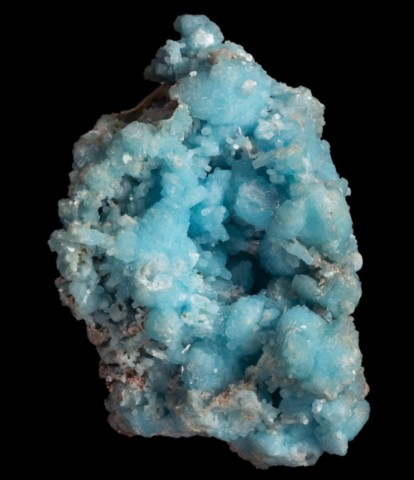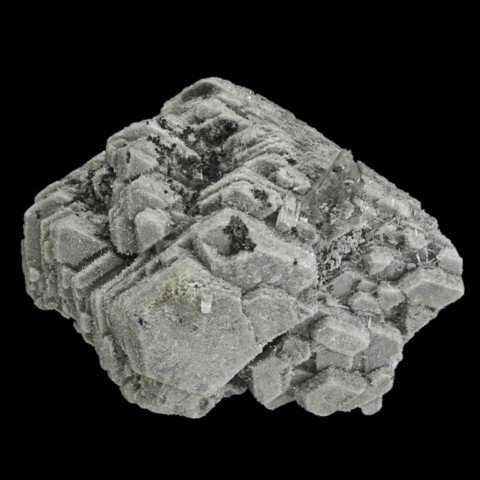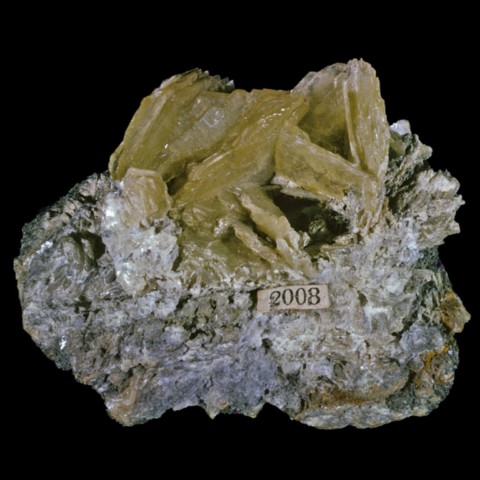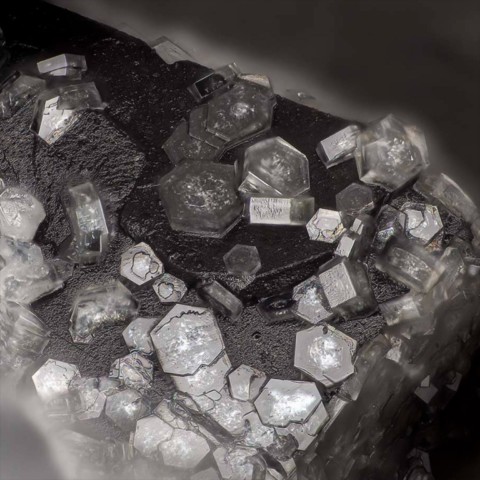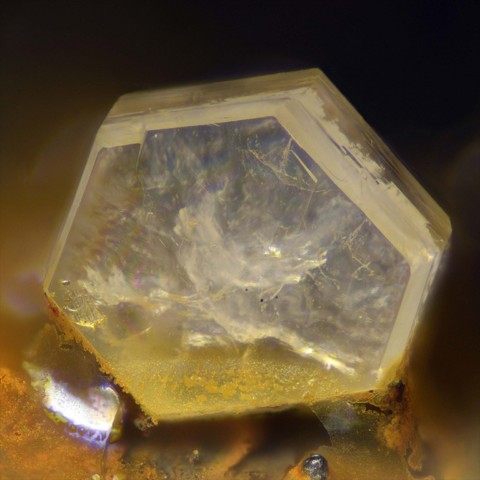 Leadhillite - Encyclopedia
Leadhillite - Encyclopedia
Class : Carbonates, nitrates, borates
Subclass : Anhydrous carbonates
Crystal system : Monoclinic
Chemistry : Pb4(SO4)(CO3)2(OH)2
Rarity : Uncommon
Leadhillite is a secondary carbonate from the oxidation zone of lead deposits, mixed with other secondary lead, zinc or copper minerals (anglesite, aurichalcite, cerussite, linarite, etc...). It is also found in certain industrial slags. It owes its name to its locality of discovery : Leadhills (Scotland). Leadhillite occurs in tabular pseudohexagonal prisms, thin or thick, with perfect cleavage according to (001), or in almost sectile grained masses. transparent to translucent, resinous to adamantine luster, leadhillite is white to gray, yellowish, sometimes green, blue-green or colorless. Like many lead minerals, leadhillite is characterized by a high density (over 6.5).
Main photo : Leadhillite from Mammoth-Saint Anthony Mine, Arizona, USA © Mark Mauthner
Leadhillite in the World
Fakes and treatments
No fakes recorded for this mineral species.
Hardness : 2.5 to 3
Density : 6.55
Fracture : Irregular
Streak : White
TP : Translucent to transparent
RI : 1.870 to 2.010
Birefringence : 0.140
Optical character : Biaxial -
Pleochroism : None
Fluorescence : Pale yellow
Solubility : Hot water, nitric acid
Magnetism : NoneRadioactivity : None

